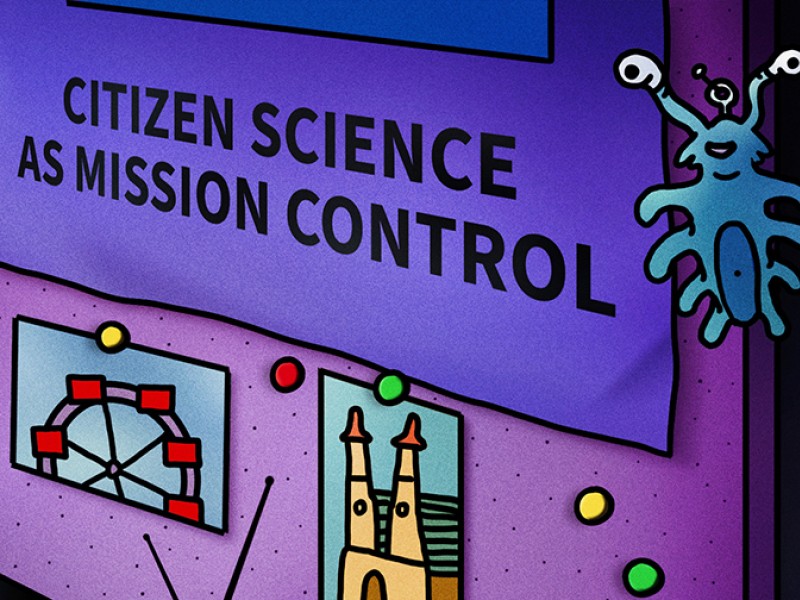The space industry is mainly dominated by men and their technical points of view. The share of female astronauts is only slightly above ten percent.
The NASA and ESA space agencies strive to increase the percentage of women in space travel. Special game series are designed to get girls interested in space travel while still in kindergarten. In collaboration with Mattel, NASA has developed a Mars habitat for the story of “Luciana Vega” (the doll and its Mars habitat). The ESA has launched a space travel line with Playmobil and an astronaut Barbie, dedicated to Italian ESA astronaut Samantha Cristoforetti, with Mattel. Both dolls are part of the museum’s collection and are popular exhibits. This part of the project is particularly suitable for kindergarten and primary school children.Another perspective is offered by the museum’s archive: The portrait collection in the museum’s archive, frequently consulted by researchers, comprises predominantly portraits of male protagonists in the field of research and technology. The goal is to enrich the collection with portraits of women as well as non-male experts and new role models. Under the codename “Aurora”, the museum has been collecting biographies and personal living bequests of Austrian space explorers since 2022. As part of the project, the children and young people will meet some of them in person. In addition, there is a recent initiative by the ESERO: Space Careers is a currently emerging platform offering videos about careers in the space industry with a particular focus on women.
The third part is organised by Eleanor Armstrong from Stockholm University. In her doctoral thesis entitled “Exploring Space(s): Queer feminist approaches to pedagogy in science museum galleries”, she critically questions the filters that are being set by educational institutions, preventing more girls and young women from taking an interest in a career in the space industry. This workshop is held in English and is therefore especially suitable for senior grades.









